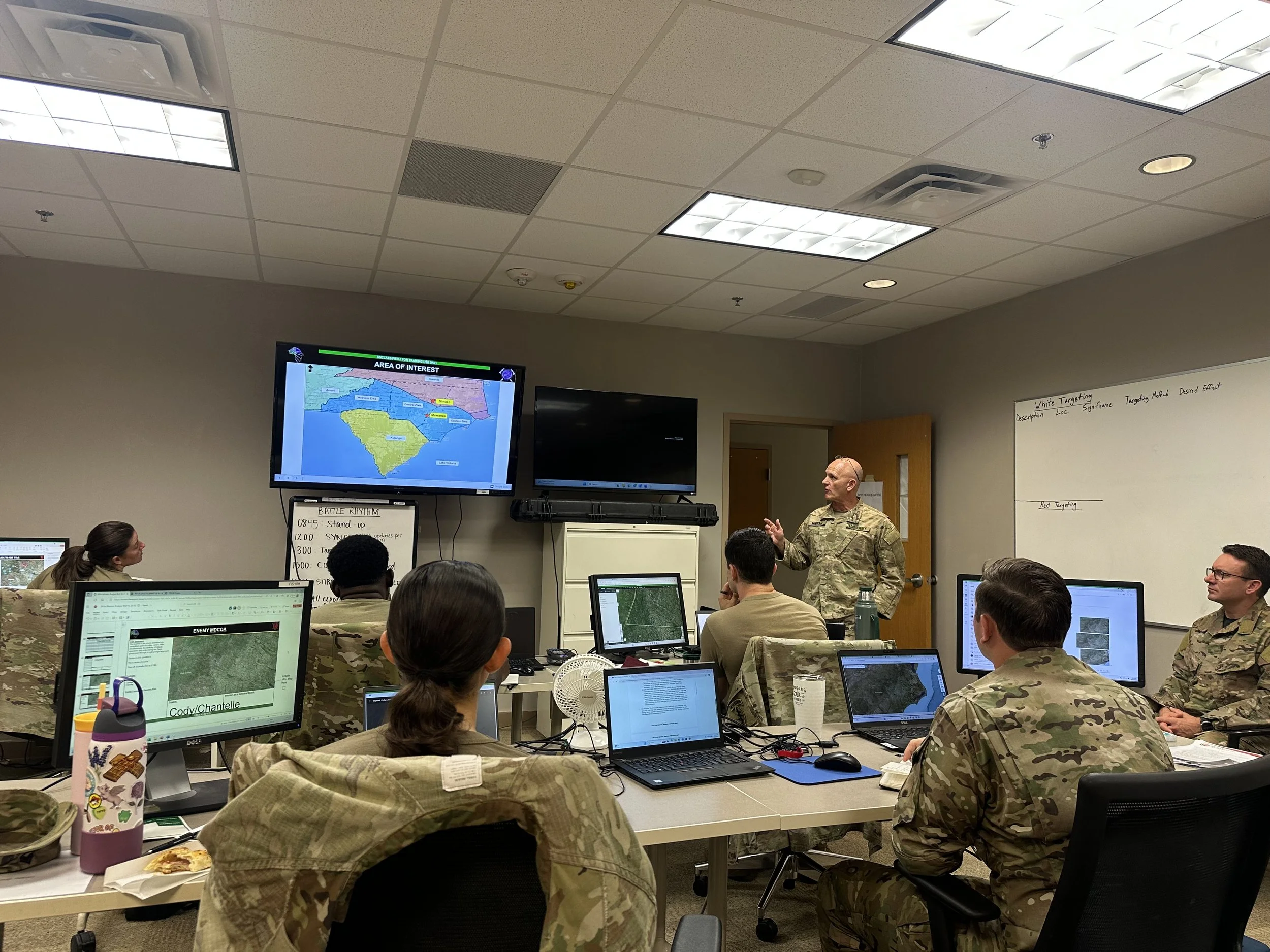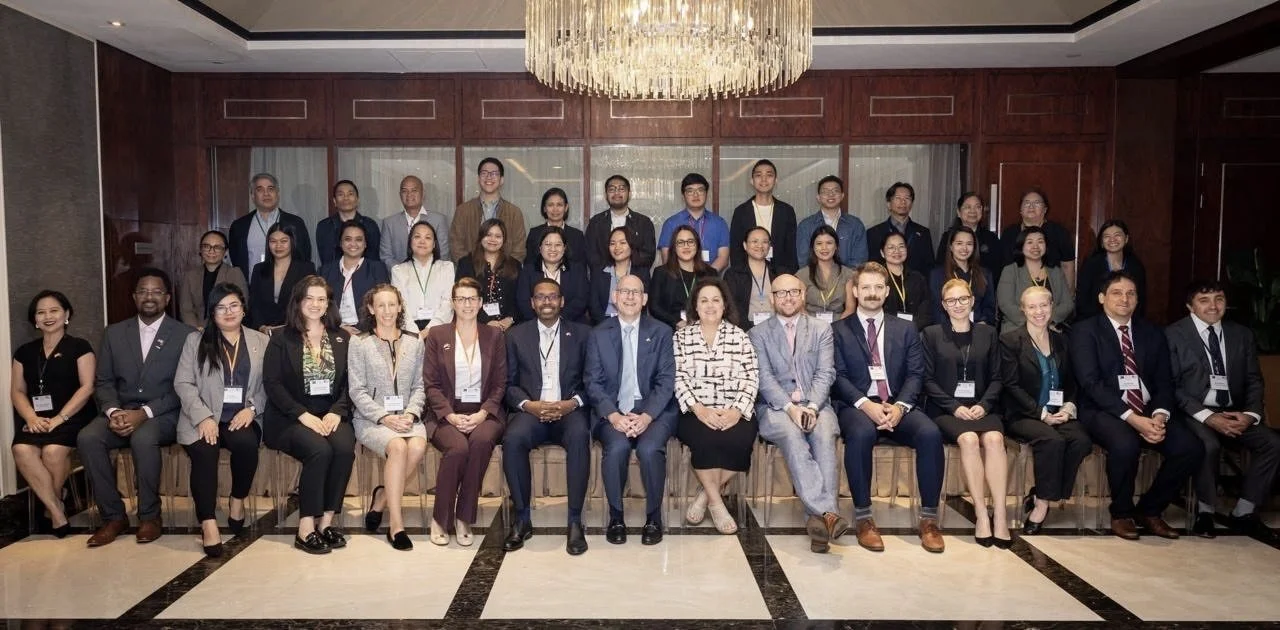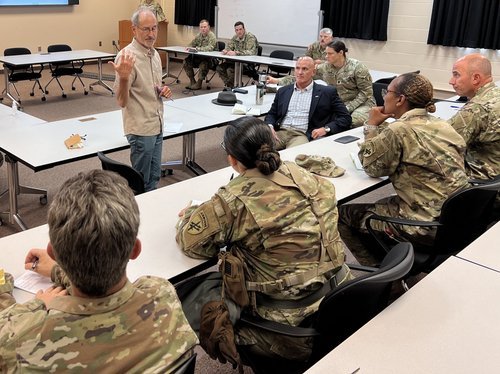Within and far beyond the Baltics, this capability-based framework has broad geographic relevance and could set the stage for a new international paradigm for strategic goods control. Such a paradigm expands the frame beyond an “export control” issue, rethinks prevailing policy and practice, prioritizes coordination within and beyond governments, and is guided by the following principles:
· Understanding that government strategic goods control structures and processes must be inter-disciplinary, agile, proactive, and adaptive;
· Appreciating that industry has a wide range of vital, often voluntary, tools to mitigate diversion risks and should be treated by governments as partners;
· Accepting that formal regulations cannot cover every possible scenario, item, or entity involved in diversion risks; and
· Recognizing that controls come with trade-offs in innovation and must be carefully balanced.
Recommendations
In response to the findings above, and consistent with the strategic goods control paradigm above, Motive and our Project stakeholders developed the following recommended actions for industry and government consideration:
Sharpen Government Roles and Responsibilities: Governments could designate a single national focal point with the mandate and stature to engage at a whole of government scale and serve as a single point of entry for industry and academia when it comes to strategic goods control. Inter-ministerial commissions and cooperation frameworks are a start, but often lack sufficient aperture or authority to overcome intra-government silos or lack the mandate to proactively engage with non-governmental stakeholders. We recommend that outreach to industry and academia be an explicit function - on par with licensing, investment screening, policy formulation, and threat monitoring - of national focal point entities.
Re-Imagine Government-Industry Collaboration: Those who develop and trade in dual use technologies have a vested interest in preventing diversion and nefarious use of these goods both as a matter of protecting proprietary innovations and market-wide reputations. For this reason, we encourage policy and regulatory officials to view industry and academia as partners in strategic goods control and to pro-actively set-up mechanisms that facilitate cross-sector collaboration. These might include:
· Channels for government to disseminate threat and regulatory updates directly to industry or through industry association or cluster entity nodes, especially those active in high-risk EDT segments.
· Portals that allow industry to submit inquiries to government – potentially anonymously - and receive timely responses related to compliance, specific transactions, or the risk landscape.
· Mechanisms that enable government officials to easily access industry experts for case-specific consultations or for inputs to new policies or strategies.
· Collaborative efforts to map and maintain updated listings of firms and institutes that develop or trade in certain EDTs, with mutual agreement on how this list will/will not be used or disclosed, such as for outreach in the spirit of partnership not enforcement or oversight.
· Co-created standards and frameworks for determining dual use applications of commercial EDTs and for identifying technologies at highest risk of diversion.
· Forums that bring together industry, strategic goods officials, and business promotion agency representatives to discuss emerging trends and align standards and strategies.
· Specific mandates for industry associations or cluster entities to take on a coordination role between government and industry and/or to serve as an advisory body to government on strategic goods control matters that impact their constituents.
· Webinars, online resources, or events organized by government that help industry adopt Know Your Customer (KYC) and related due diligence best practices, Internal Compliance Programs (ICPs) tailored for EDT segments and entities of various sizes/stages, and other safeguards.
· On-demand consults with government or self-help resources that allow firms to create an index of the items they handle, cross-referenced with the relevant export controls, sanctions, investment screening requirements, or reporting that is either required or recommended for each item.
Improve Multilateral Alignment: The EU and EU member states, along with the United States and other leading innovating economies could work toward developing a “Common Operating Picture” of technology diversion vulnerabilities and set new standards for strategic goods control best practices. This could start with the adoption of the core capabilities framework presented above and a commitment to achieving proficiency in each area. Additionally, we recommend the following options for specific key institutions:
· The EU’s Working Party on Dual-Use Goods could document and share best practices from across member states of industry outreach mechanisms, work to harmonize member state export control lists and investment screening regimes, and application of catch-all authorities.
· NATO could establish a Centre of Excellence on Sensitive Dual-Use Technologies that develops a training curriculum on strategic goods control best practices for governments and industry in member states; NATO could also ensure the forthcoming Defense Innovation Accelerator for the North Atlantic (DIANA) requires participating entities to demonstrate best practices for protecting their technologies from diversion, such as having ICPs tailored to their organization.
· A G7 Working Group on Strategic Trade Controls could coordinate G7 counter-diversion policies and practices as a complement to the work of G7 Foreign and Trade Ministers on Russia sanctions, global trade flows, and supply chain resiliency.
· A dialogue with key partners in Asia could be established to examine and share information about the diversion tactics and techniques used by the PRC and their state-aligned entities, then proactively educate industry in the region and encourage them to embrace capabilities and best practices described in this paper.
Conclusion
Countries with vibrant EDT ecosystems and proximity to adversaries are particularly vulnerable to the threat of technology diversion. The Baltic states offer illustrative examples. The region’s relatively small number of affected industry entities, and capable, open governments create conditions for targeted policy reforms and intimate cross-sector collaboration. That said, we believe the Innovators Next Door Project approach and findings have relevance well beyond the Baltics to national and regional context across the globe. We believe a capability-based framework and partnership-oriented mindset between government and industry - no matter the geography – are key to thwart diversion of sensitive technologies while balancing national security imperatives with diverse stakeholder interests.




















